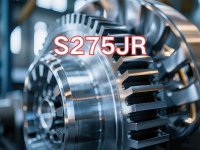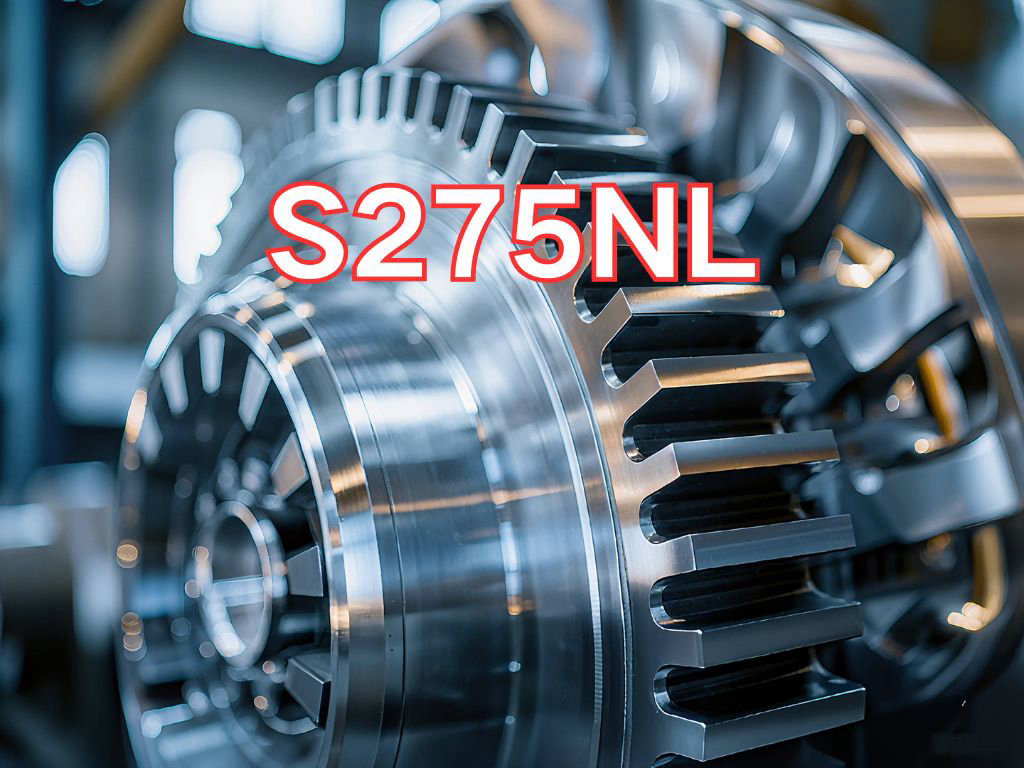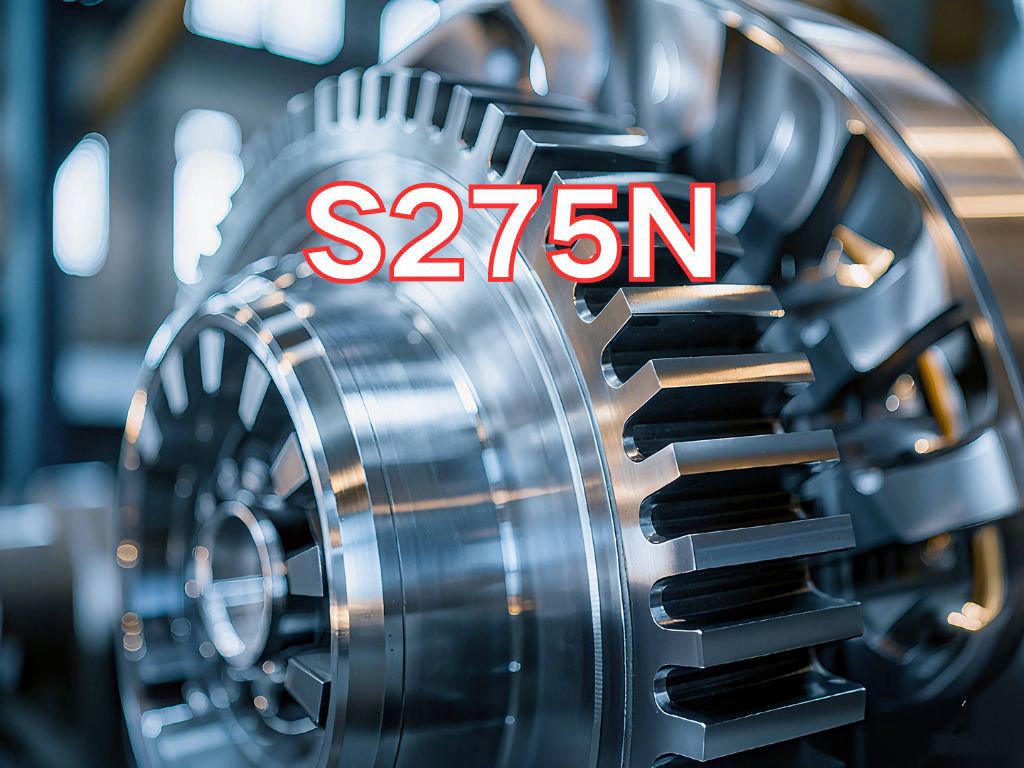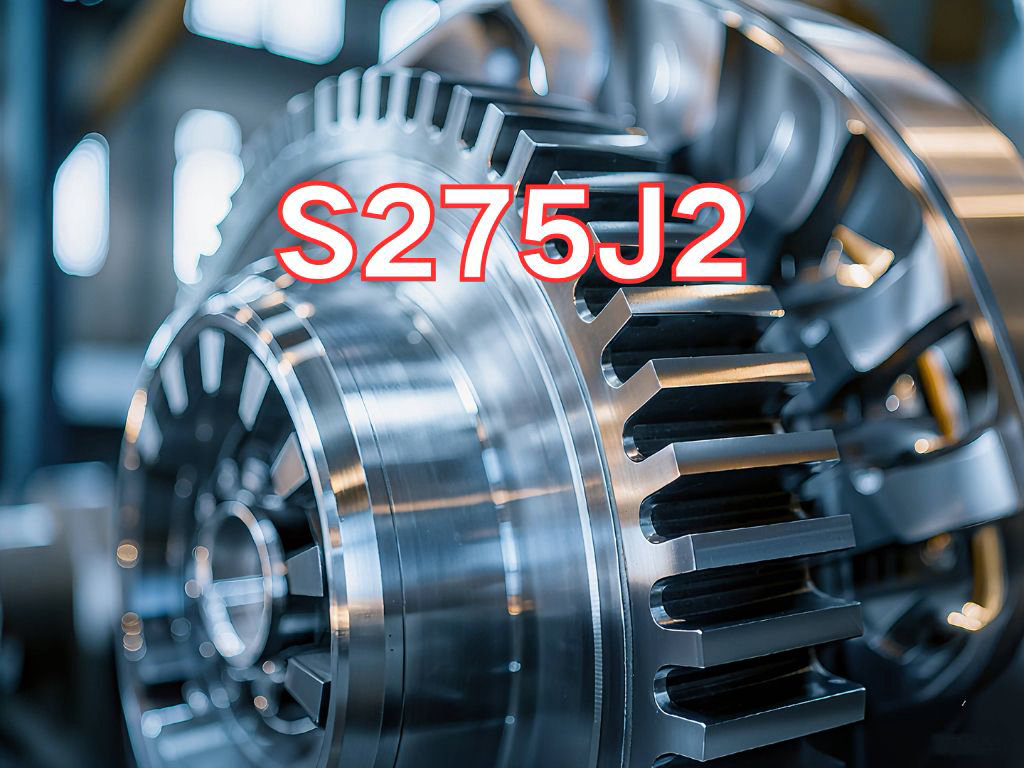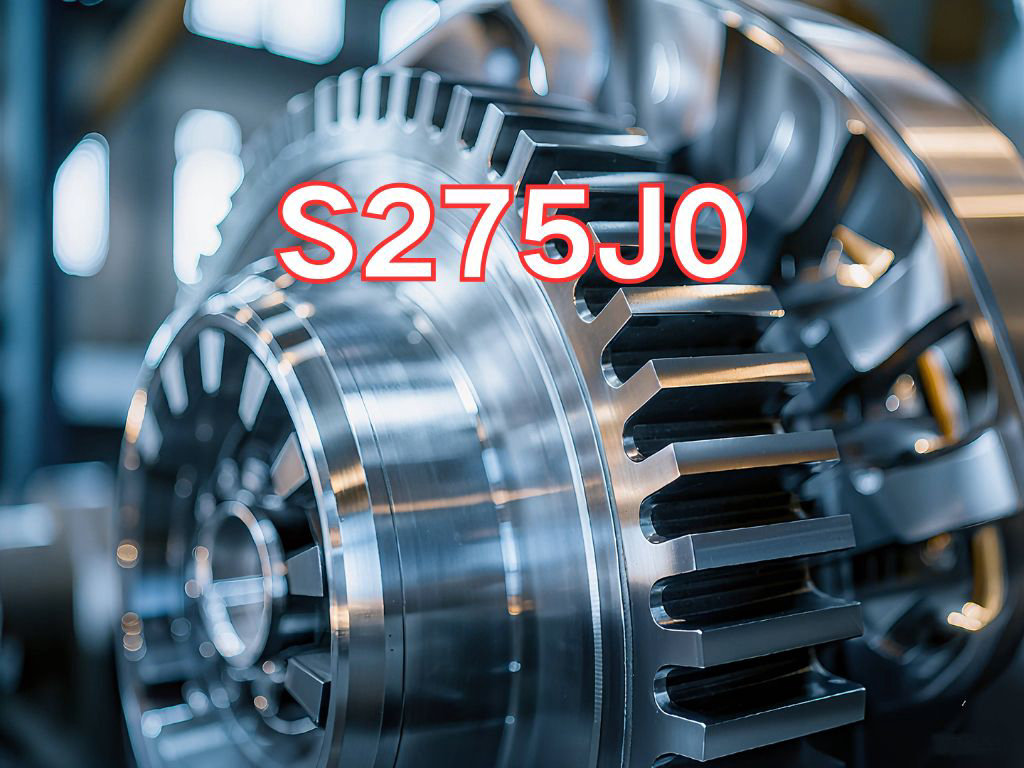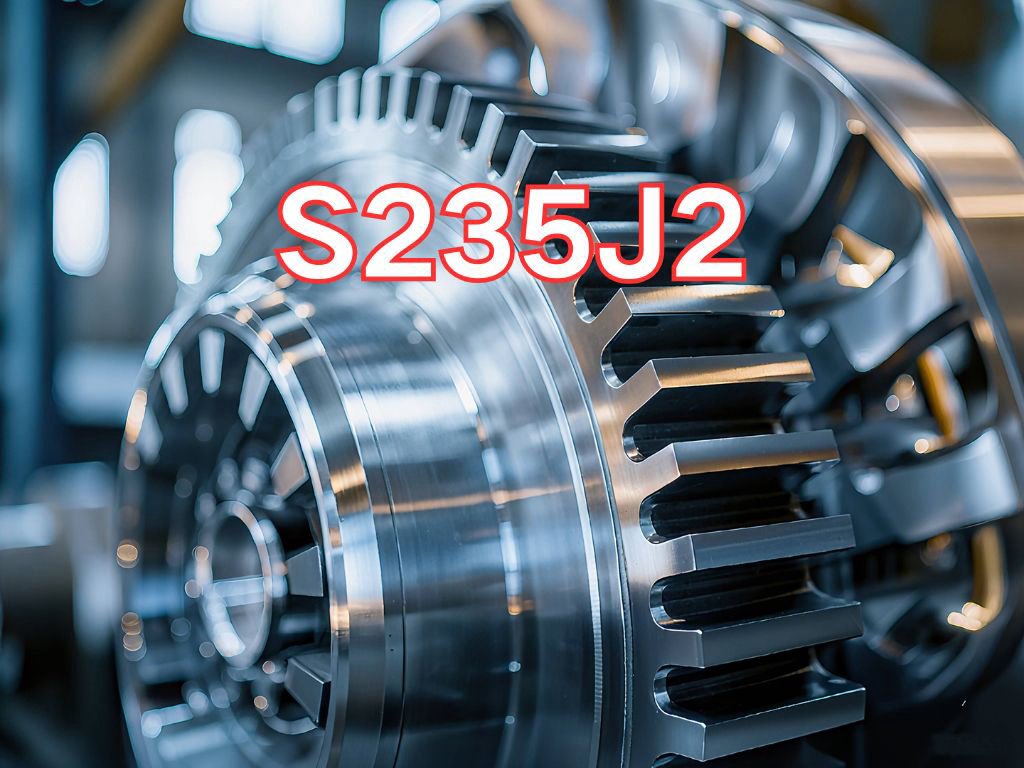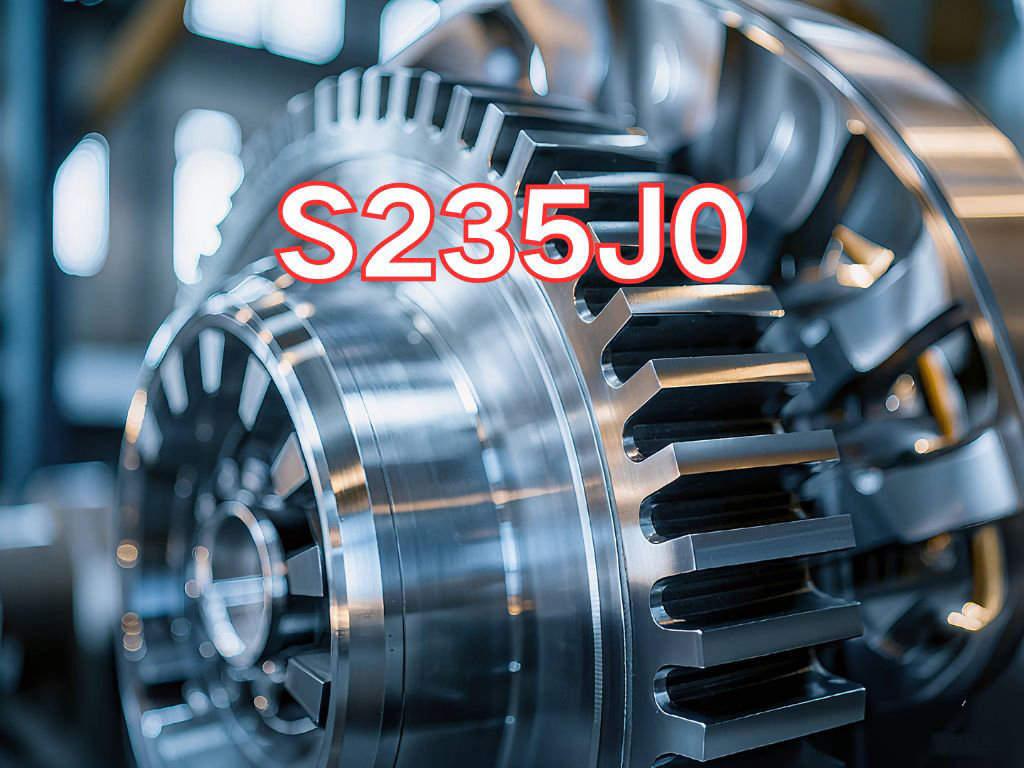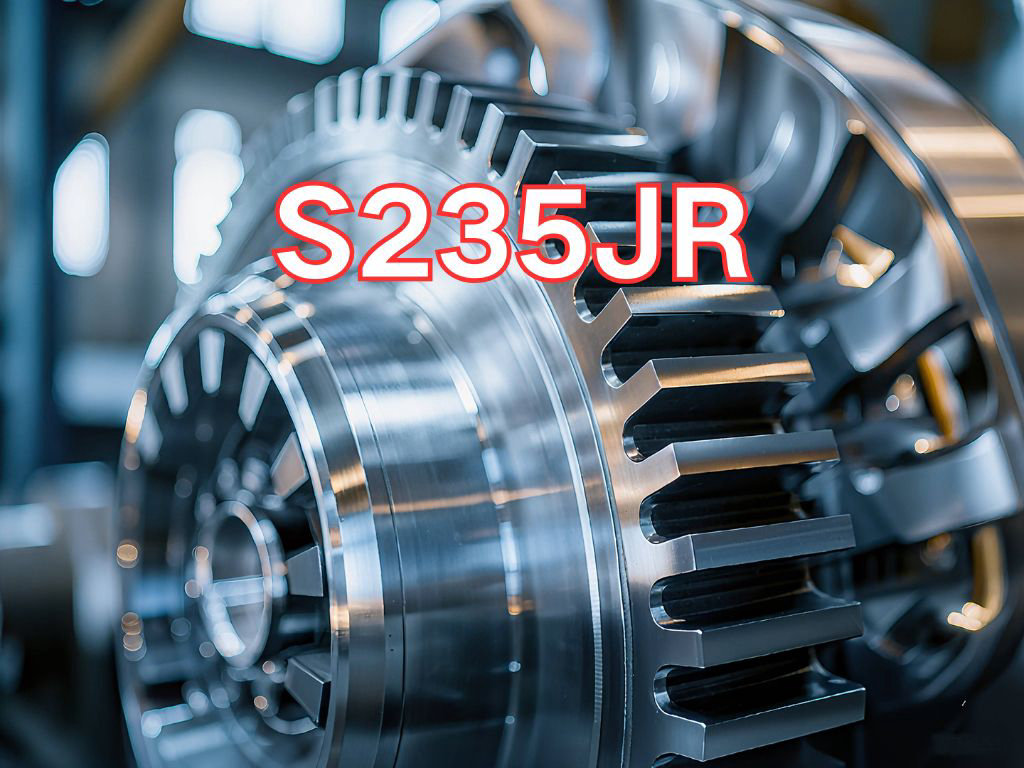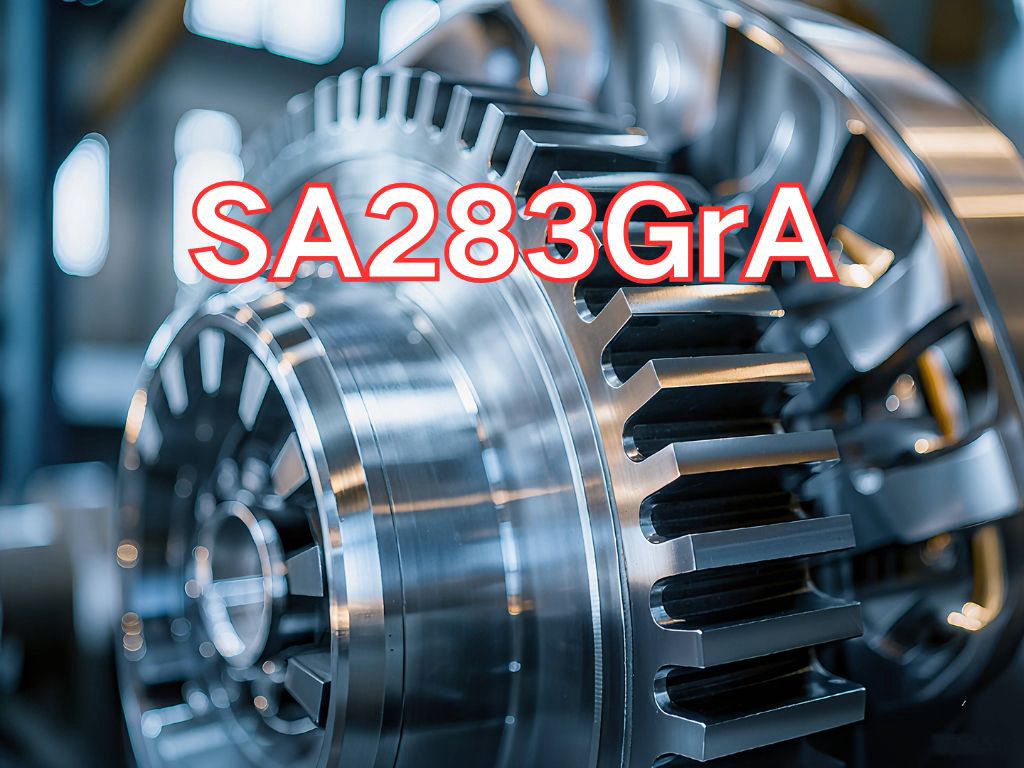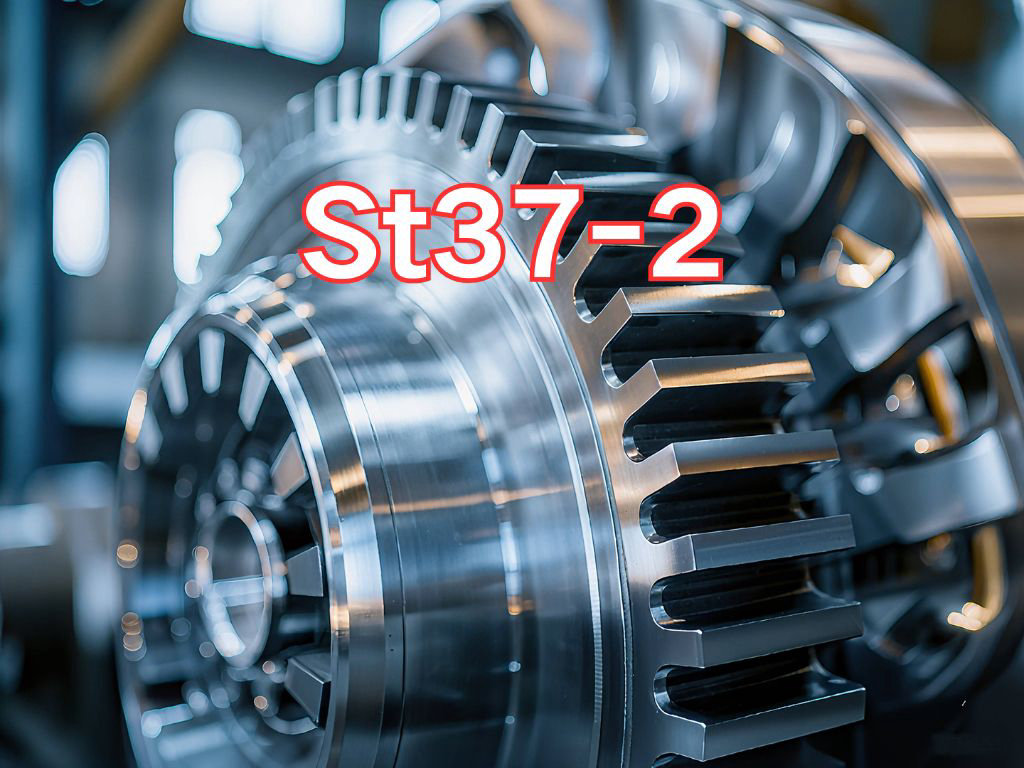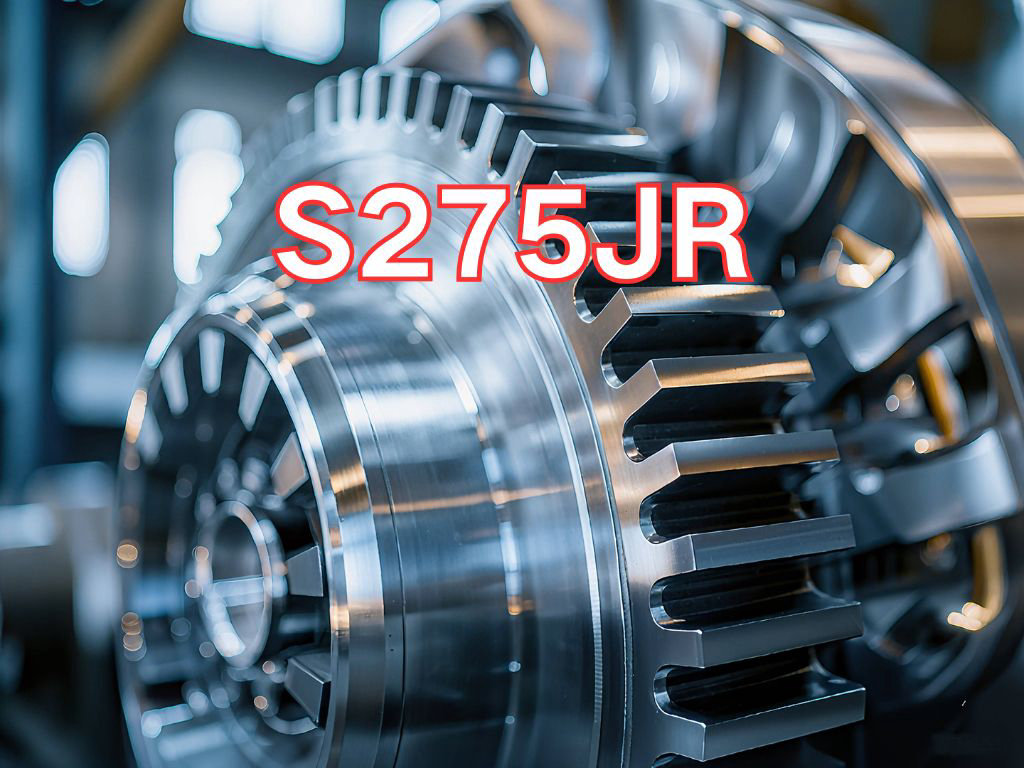

S275JR
S275JR is a non-alloy structural steel plate, designated according to the European standard EN 10025-2:2019 "Hot Rolled Products of Structural Steels – Part 2: Technical Delivery Conditions for Non-alloy Structural Steels". This standard is widely adopted across the European Union and globally, enabling harmonization and mutual recognition of steel grades. As a medium-strength grade within the S-series structural steels, S275JR offers higher strength and load-bearing capacity compared to the S235 series. It is suitable for engineering structures with greater mechanical performance requirements and serves as an important material in modern construction and heavy industry.
The designation "S275JR" follows the systematic naming convention of European standards and has a clear meaning:
"S" stands for "Structural steel", indicating its structural application.
"275" denotes the specified minimum yield strength of 275 MPa. This strength level is significantly higher than that of the S235 series (235 MPa) and is comparable to China's Q275 and the US A572 Gr.50 (345 MPa), placing it in the medium-to-high strength category. It can withstand greater loads and is suitable for more critical load-bearing components.
"J" represents the quality level for impact testing. The letter "J" indicates that Charpy V-notch impact testing is required at +20°C (room temperature).
"R" signifies the delivery condition as "as-rolled". In EN 10025-2, "R" specifically means the steel is delivered in the hot-rolled condition without additional heat treatment. Therefore, the "JR" combination means the steel must guarantee impact toughness at room temperature (+20°C), with a minimum average absorbed energy of 27 joules (J), providing good resistance to brittle fracture and making it suitable for welded structures under normal environmental conditions.
The primary application of S275JR steel plate is in manufacturing welded structural components and load-bearing parts requiring higher strength and toughness. With its enhanced strength and reliable performance, S275JR is widely used in key areas such as high-rise buildings, large-span structures, heavy machinery, and bridge engineering. Typical applications include:
High-Rise Buildings and Large-Span Structures: Main beams, columns, transfer structures in high-rise buildings, and load-bearing frames in large-span spatial structures like sports arenas and airport terminals, allowing for reduced section sizes and optimized structural design.
Bridge Engineering: Main girders, bridge towers, and trusses in highway and railway bridges, enhancing load capacity and durability.
Heavy Machinery and Equipment: Frames, bases, booms, and other high-load-carrying critical components for cranes, excavators, presses, ships, etc.
Industrial Facilities: Support structures for large storage tanks, reactors, offshore platform jackets, and wind turbine towers.
Transportation: Load-bearing structures for heavy-duty trucks, construction machinery frames, and rail vehicles.
Its main characteristics include:
Higher Strength: A minimum yield strength of 275 MPa and tensile strength exceeding 430 MPa significantly improve structural load capacity and stiffness.
Good Weldability and Workability: As a non-alloy steel, S275JR has a moderate carbon equivalent, good weldability using conventional methods, and is easy to cut and bend.
Guaranteed Room-Temperature Impact Toughness: The "JR" requirement ensures adequate impact resistance at ambient temperatures, with a minimum absorbed energy of 27 J, enhancing structural safety.
Good Ductility and Elongation: Sufficient elongation allows the material to accommodate plastic deformation and moderate dynamic loads.
Balanced Cost and Performance: Although more expensive than the S235 series, it offers better economy than higher-strength grades (e.g., S355 series) while meeting medium-strength requirements.

Ultrasonic Testing (UT)
A key non-destructive testing technique that uses high-frequency sound waves to detect internal flaws in steel plates. The probe emits sound waves, which reflect when encountering defects such as cracks or inclusions. The receiver captures the echoes, enabling precise determination of defect location and size. With high sensitivity, strong penetration, and fast inspection speed, UT effectively ensures internal quality, widely used in the production of heavy plates, pressure vessel plates, and other high-end products to guarantee safety and reliability.

Magnetic Particle Testing (MT)
A common surface inspection method that magnetizes the workpiece, causing leakage magnetic fields at surface or near-surface defects like cracks or inclusions, which attract magnetic particles to form visible indications. Simple to operate and highly sensitive, MT is suitable for rapid inspection of surface and near-surface flaws in ferromagnetic materials, widely used for online or offline inspection of plate edges, ends, and welds, ensuring product quality and safety.

Penetrant Testing (PT)
A non-destructive method for detecting surface-breaking flaws. A penetrant liquid is applied to the cleaned steel surface, allowing it to seep into defects such as cracks or pores. After removing excess penetrant, a developer is applied, causing the trapped penetrant to bleed out and form visible indications. Simple and cost-effective, PT is suitable for inspecting surface defects in various non-porous materials, commonly used for welds, castings, and complex components, effectively ensuring surface quality of steel plates.

